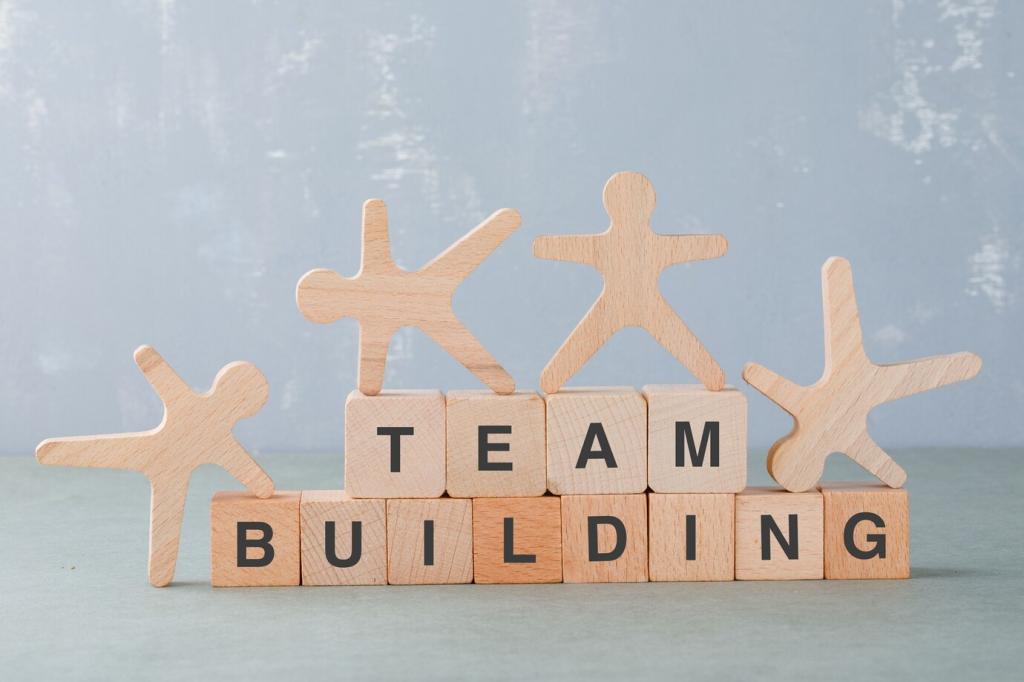Tools That Guard Your Time
Offer pre‑defined slots with automatic buffers before and after meetings. This protects focus, prevents back‑to‑back overload, and subtly communicates availability limits. Include time zones and rescheduling rules to reduce logistical friction dramatically.
Tools That Guard Your Time
A shared board shows progress, blockers, and due dates without constant pings. When clients see the plan, they trust the cadence. Visibility replaces urgency, and checking the board becomes the first step before messaging.







